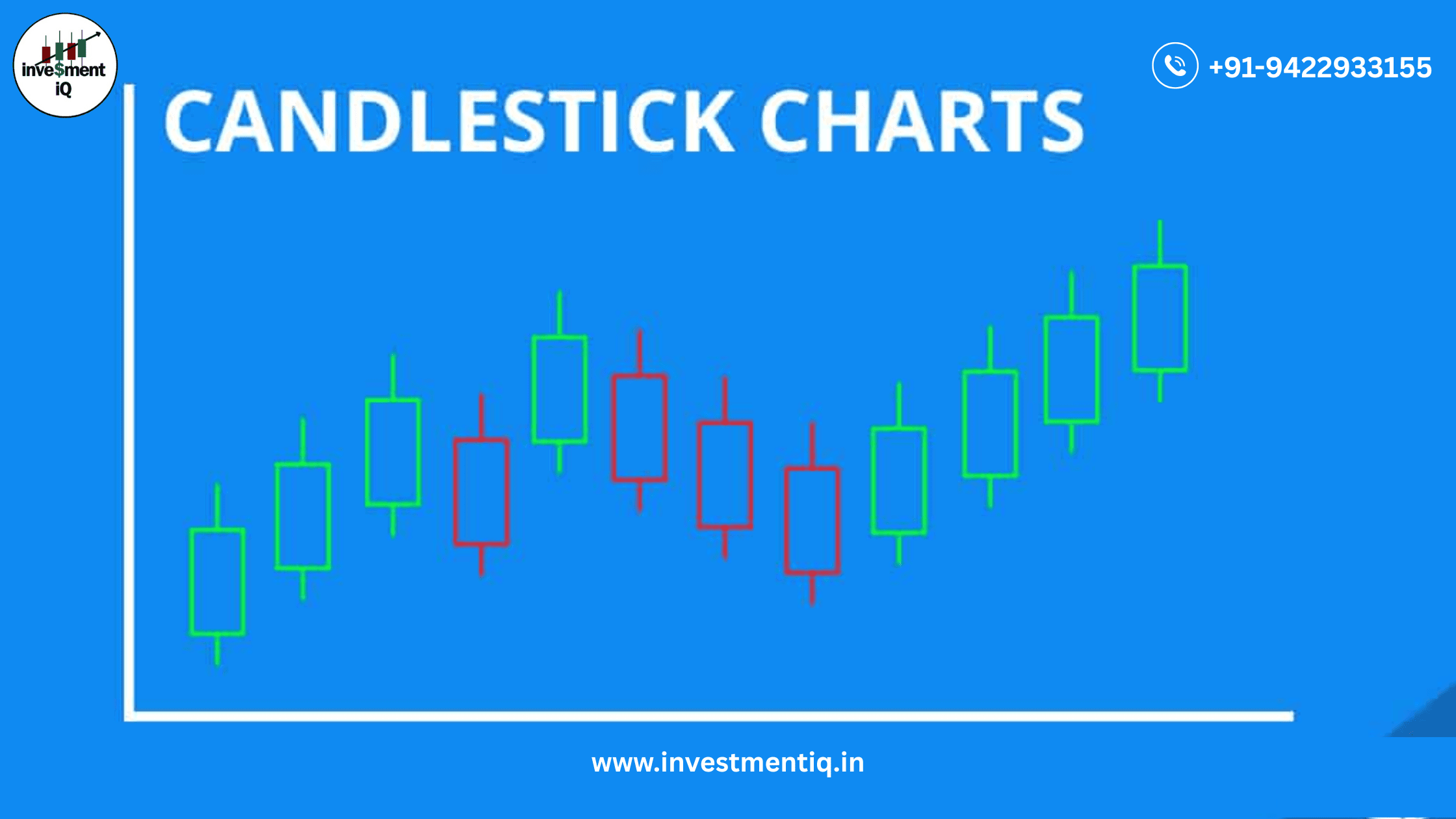Candlesticks and Traditional Chart Analysis
Benefits of Candlestick Charts
Candlestick charts have merits as a charting system, Candlesticks and traditional chart analysis), but they also confirm signals generated by other technical analysis tools. We will examine how candlesticks interact with breakout signals, and volume and how they form mutually beneficial relationships that strengthen investor confidence when analyzing charts.
Candlesticks and Moving Averages
A key feature provided by candlestick patterns is the ability to confirm moving average signals. In the chart below, the two highlighted areas show two separate candlestick patterns—spinning top and doji—followed by a long white (hollow) candlestick. The interpretation of these candlestick patterns adds bullish confirmation of the around October 10 and February 5. In addition, those same Japanese candlestick patterns confirmed the 30 levels on the RSI as an oversold condition.
Confirming candlestick bullish confirmation signals with moving averages.
Candlesticks and Breakouts
Candlesticks can also confirm breakouts from traditional chart patterns found within congestion zones. When a bullish or bearish candlestick pattern occurs within the vicinity of a traditional breakout, it adds validity to the direction of that breakout. An example is shown in the chart below, where the eventual breakout is to the downside.
Bearish candlestick patterns are confirmed by a downside breakout of a triangle pattern.
The top line of the triangle is touched twice by spinning-top candlesticks, which indicates indecision. Then, just before the downward breakout from the triangle, there appears a bearish harami candlestick pattern, followed by another down day to provide confirmation. Once the price action gaps down below the ascending triangle, it does so with a long-filled candlestick. All of this information adds up to an overall bearish picture.
A descending triangle is traditionally recognized as a bullish chart pattern. But, in this case, the evolving bearish behavior was identified using candlestick pattern analysis.
The OHLC bar chart below is based on the same data as the candlestick chart but contains less useful information. The ascending triangle is easily recognizable. However, without candlestick analysis, it’s more difficult to evaluate the potential direction of the breakout before it occurs.
In an OHLC bar chart, it’s more difficult to evaluate the potential direction of the breakout because there are no patterns such as haramis to help forecast the breakout direction.
Candlesticks and the Head & Shoulders Pattern
One limitation of using candlestick patterns alone is that they do not provide potential price targets. However, this can be achieved by combining candlesticks with other technical analysis techniques.
The following chart shows a head & shoulders pattern with an eventual breakout to the downside. During the development of the right shoulder, there is a bearish harami pattern followed by two long bearish candles. These add confirmation to the breakout when it occurs. However, without identification of the head & shoulders pattern, the bearish harami would not give any inclination of a potential price target. Using the traditional price target calculation of a head & shoulders pattern makes it possible to calculate a price target—take the distance from the top of the head to the neckline and subtract it from the neckline breakout.
Combining candlesticks and head and shoulders patterns.
Using both types of analysis gives a potentially clearer picture than using either type in isolation. After all, technical analysis is not an exact science; you must look for confirming signals to build evidence to support a likely outcome. A good corroborating signal gives you more confidence in your trading decisions.
Candlesticks and Volume
Volume can be used to confirm candlestick patterns. The following chart is the same XOM chart as the one shown previously. The only difference is the addition of volume below the price chart.
Candlestick chart with volume
The volume begins to increase and crosses above the 200-day moving average of volume during the formation of the bearish harami pattern. It then increases dramatically at the breakout of the ascending triangle and slowly decreases throughout the gradual bullish correction following the downside breakout. As the price action turns down again, volume also increases. After a second brief correction, a doji is formed on huge volume (green arrows), and the sell-off in Exxon Mobil continues.
Concluding Thoughts
As the previous examples demonstrated, candlestick patterns can help identify potential changes in market direction. When used with traditional technical analysis, candlestick patterns can add confirmation to those signals. In general, the more supporting information you can add to your analysis of chart patterns, the more conviction you will have in your trading decisions.
The other advantage of using candlestick pattern analysis with other technical analysis tools is they provide conflicting signals. When you get conflicting signals, it allows you to decide if the weight of the evidence is strong enough to proceed with your trading decision or if you should skip the trade altogether and look for better opportunities.
Technical analysis techniques work best when used with confirming techniques. The more evidence you can gather to support your analysis, the more likely you are to make informed decisions and the more likely you are to know when you are wrong and should get out of a losing position. Candlestick analysis is an excellent tool to help provide extra evidence for your trading and investing decisions. As a result, Japanese candlesticks have become a vital asset to modern technical analysts worldwide.
you may be interested in this blog here:-
What’s the difference between Treasury bonds, notes, and bills
Can I Open a Brokerage Account for My Child
What is the Contrast Between Favored Stock and Normal Stock?




